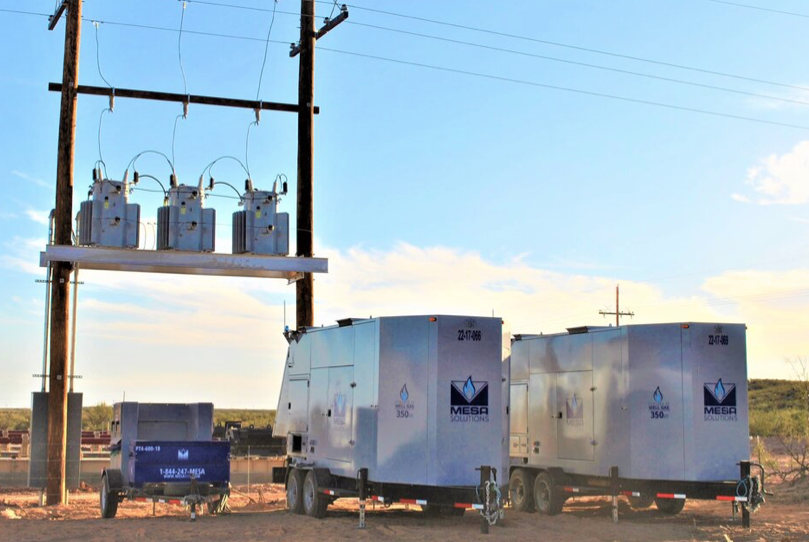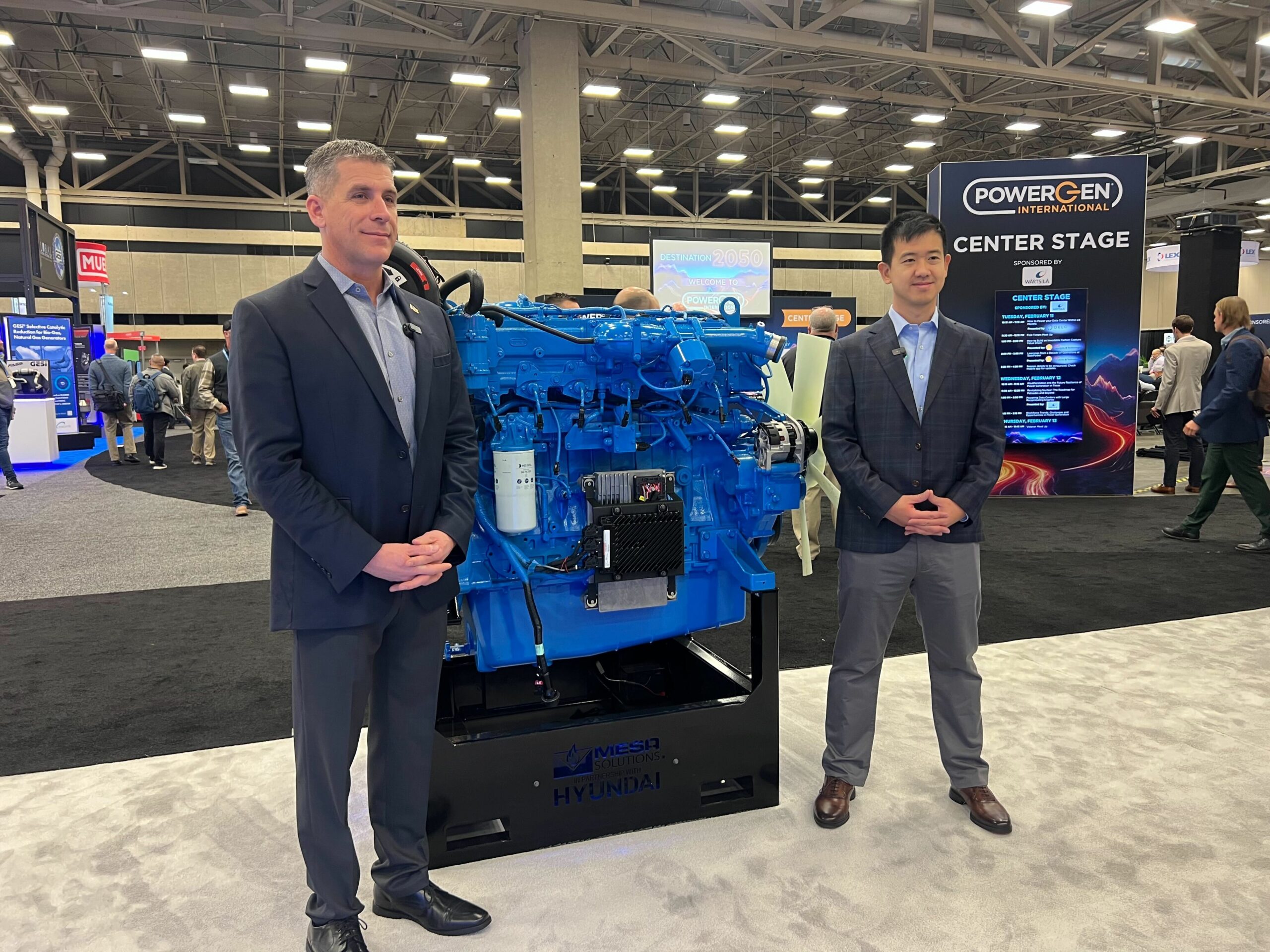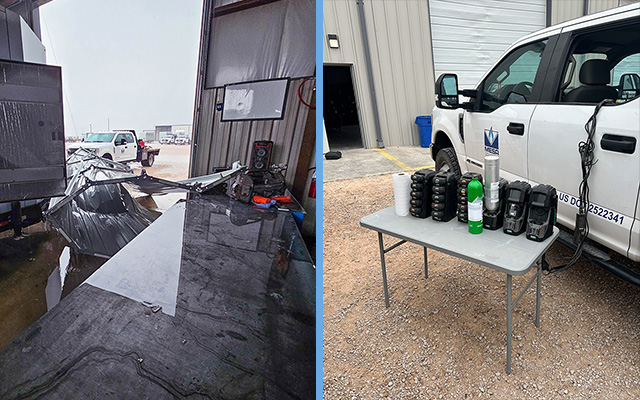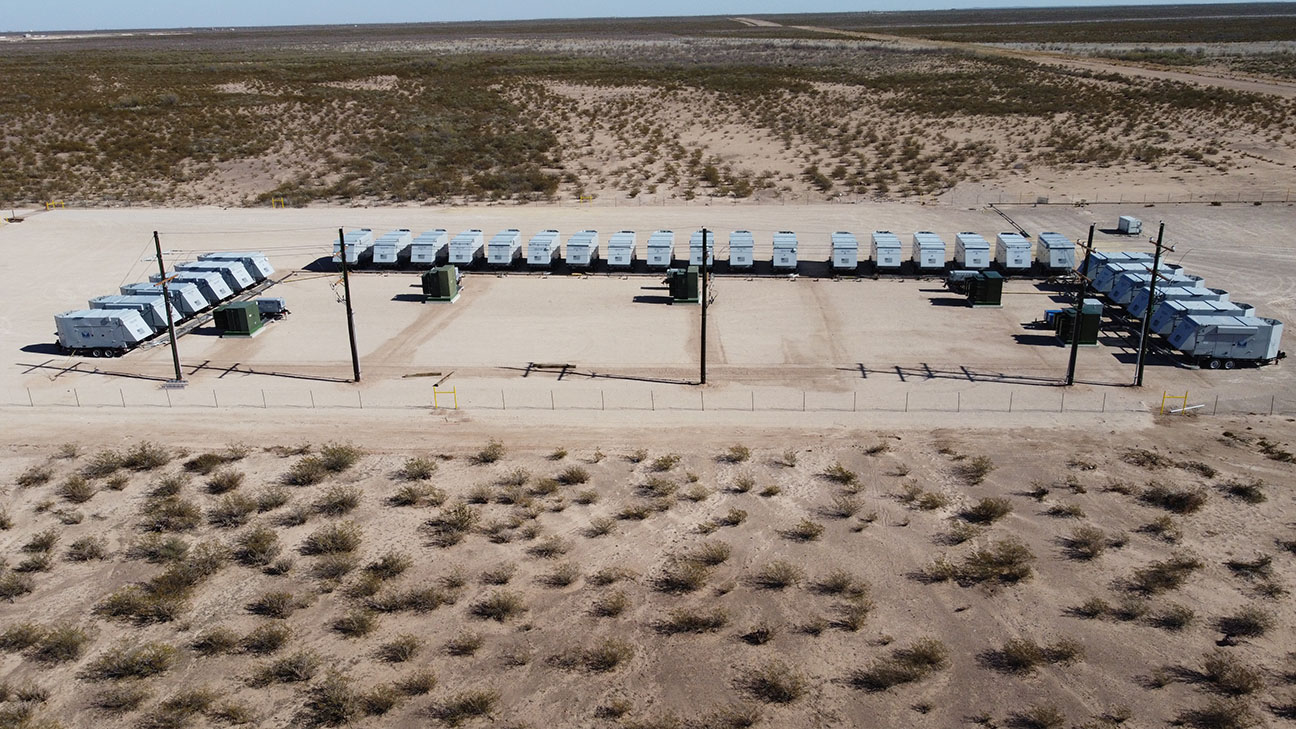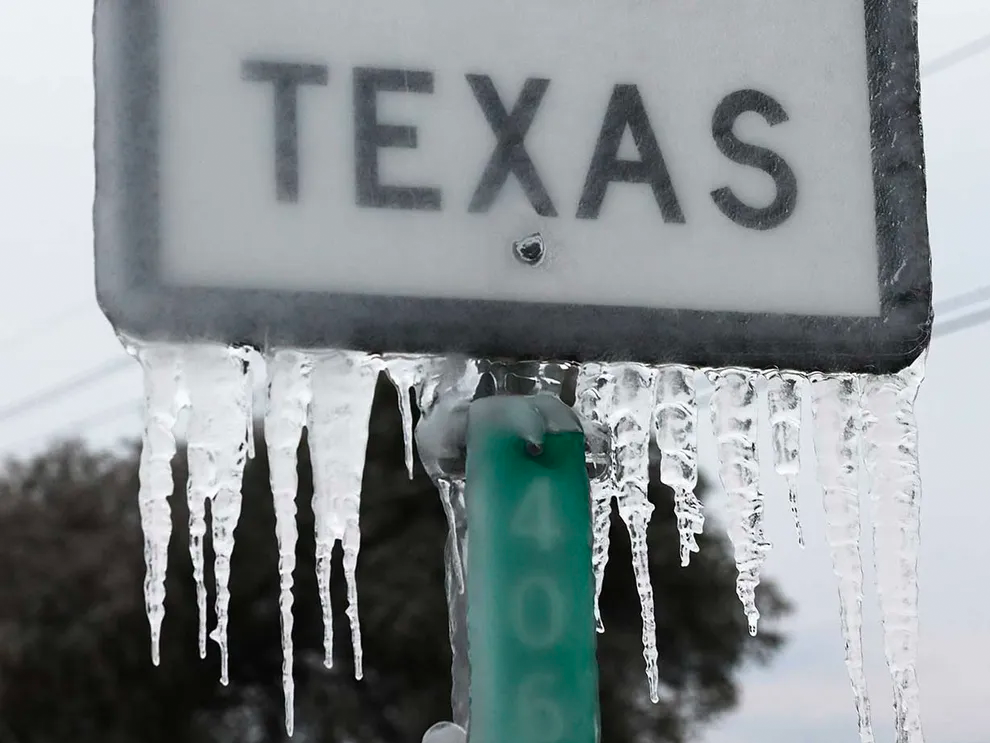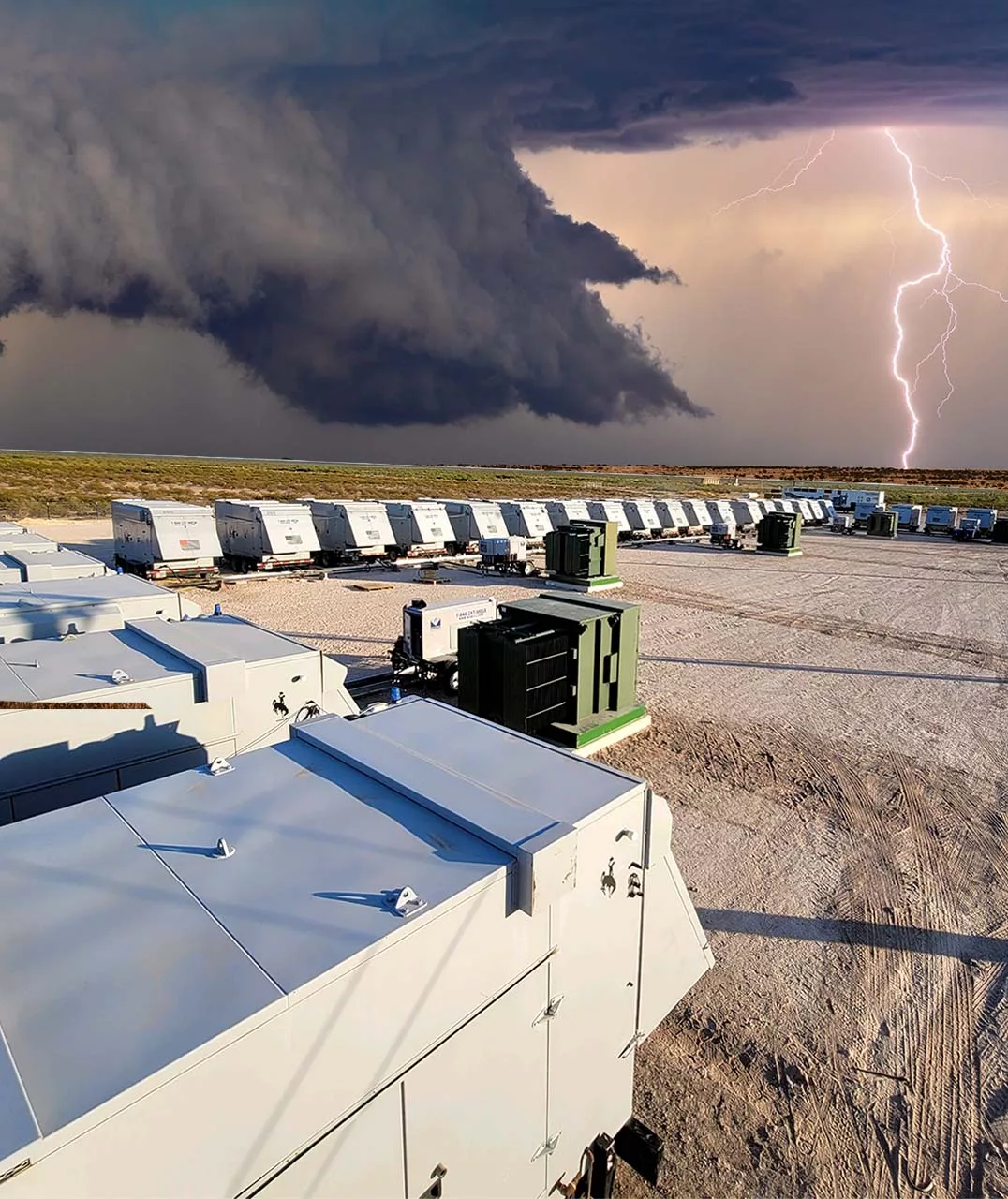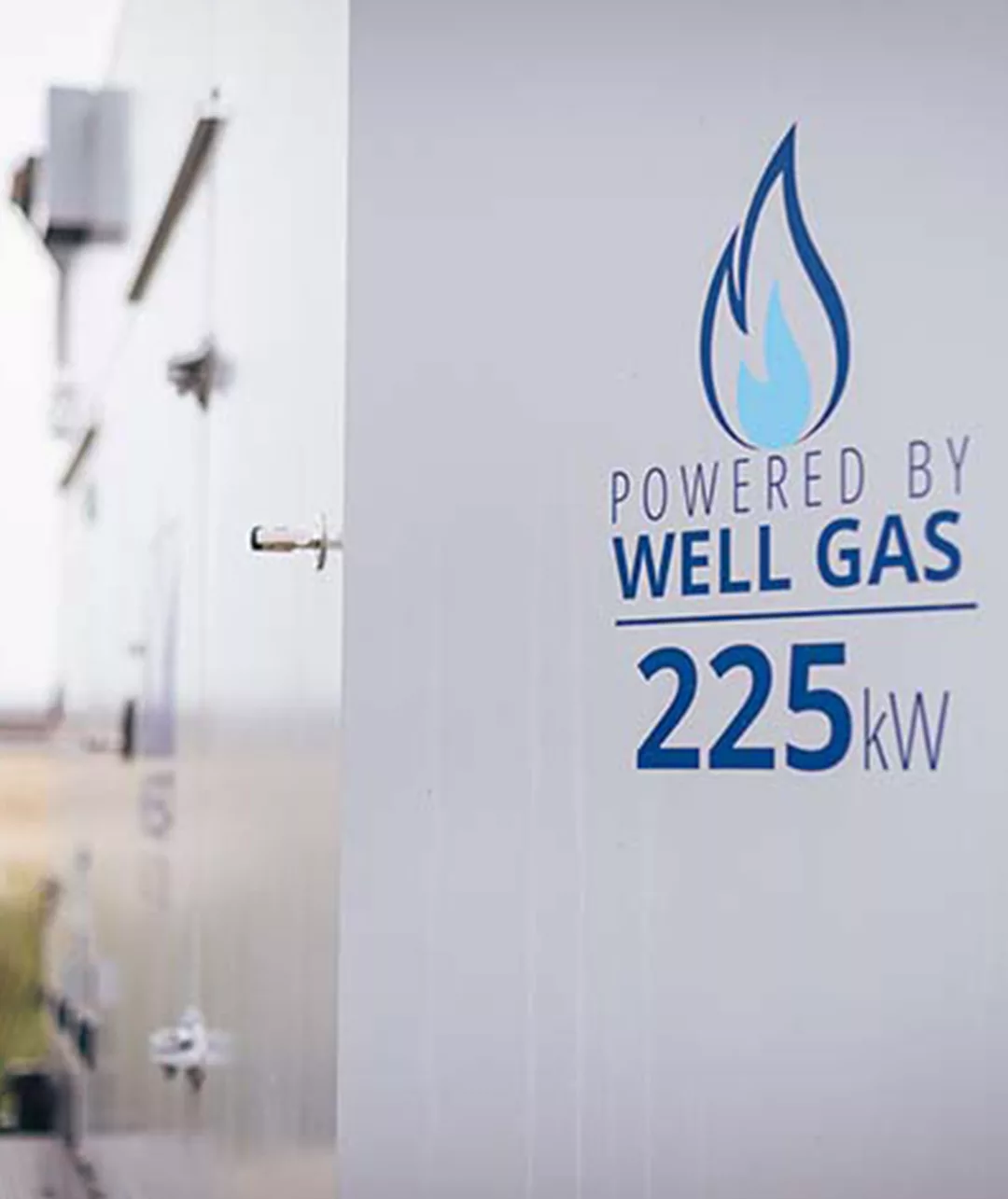Mesa Solutions understands the ins and outs of all the power generation options in our industry. It is this experience that allows Mesa to work through the variables relative to power generation options and create a system that works the best to meet the needs of our customers. Serving our customers is of the utmost importance. Of the many methods of power generation, using electrical utility sources is a big player. This article’s aim is to inform you about the various electric utility types.
In contrast to the relatively simple rental relationship offered by portable generator rental vendors, the customer experience with various electric utility types are often much more complex. Such complexity is usually a function of organizational structure, funding scheme, and the fact that there are several different types of electric utilities. Relative to the various electric utility types in the United States, we have three primary types; the IOU’s (Investor Owned Utilities,) the Coops (rural electric cooperatives,) and the Muni’s (municipal owned systems.)
Investor Owned Utilities
Of the various electric utility types, IOUs are probably the oldest identifiable type of electric utility, harkening back to Thomas Edison trying, among other things, to turn a profit. As the need to build larger, costlier electric system facilities became apparent, the turn to larger groups of investors became inevitable. As the name may suggest, this type of utility in today’s world is generally a large stock corporation, listed on one of the major stock exchanges. IOUs are almost exclusively regulated by state level commissions, and the rate regulation from those bodies creates quite a balancing act for utilities trying to attract investors. Generally, when IOUs present their rate “cases” to regulatory bodies, among the expenses they list (upon which they hope to get recovery, remember Edison here) is the important item of allowable return on capital investments. Historically, allowable returns on capital are commonly in the 8% to 13% range.
By virtue of having historically served the densest areas of population, IOUs by far serve the most customers of all various electric utility types. This load density–prior to the era of distributed generation–allowed them to achieve ever greater economies of scale while a), paying stock dividends in sufficient quantities to attract investors and b), keeping rate increases in sight of overall inflation rates. The leadership of the company, generally reports to a board of directors, who are elected by a vote of the stockholders.
Rural Electric Cooperatives
In the early 1900’s, it became apparent the rural areas of the country were not enjoying the benefits and innovations available from economical access to electricity. The reason? Low customer density in the rural areas did not provide to IOUs the same economic/profit prospects as the more densely populated urban areas. Yet, the desire to electrify farming began to grow. As an effort to break through the economic barriers, and partly as an outgrowth of Depression Era employment projects, Congress passed–in 1936–the Rural Electrification Act. The Act created a pathway for groups of rural residents (who became owner-members) to cooperatively form legal utility entities that could apply for federal, or federally guaranteed, loans to obtain capital for the construction of electrical facilities. Some technical adaptations were made to design lines that could operate properly over longer distances, but in general, the electrical systems formed by cooperatives operated in substantially the same way as IOU systems.
In some areas, cooperatives are subject to rate regulation, though vast majority are self-regulated. The staff and management of the cooperative organization report to a Board of Trustees, who is elected by a vote of the membership. Over the decades, cooperatives in general have become more financially secure in their processes, but to the extent that they still utilize federal loan provisioning, they are subject to some federal oversight. Historically, and very broadly, cooperative rates have been higher than IOU rates, due to the economics of load density.
Municipal Electrical Systems
In some ways, municipal systems can be viewed as a hybrid of IOU and Coop organizations. Like an IOU, they usually enjoy a fairly high load density. But like a cooperative organization, they are not owned by investors. Rather, they are owned by a city or town (and thus its residents) who collectively get some benefit from the utility organization. Typically, as a matter of finance and accounting, municipal rates are set, by the municipality, at levels that not only cover the expenses of operating an electrical system, but also some other non-revenue producing function of government. For example, rates may be set to produce enough revenue to also cover the costs associated with providing fire departments or police service.
Often times municipal systems do not build their own electrical generator stations due to the high cost of capital for such equipment; their electric supply is usually purchased from IOUs or larger cooperatives. Organizationally, the electric system staff and management report to the town’s city council or city manager. Due to the practice of covering non-electrical expenses, and due the marginal cost of purchasing power from outside entities, municipal systems’ rates have historically been higher than IOU rates.
Summary
ProductsWhile the various electric utility types have fundamentally different financing models and organizational structures, one similarity they share is the pervasive force of price inflation throughout their organization. From time to time, innovation in technology and processes can offer incremental relief to costs, but for the most part, it is reasonable to assume that utility rates will continue to parallel inflation in the broader economy. This variable–on the part of utility companies–is a direct reflection showing the benefit of price stability relative to employing a natural gas generator on a job site.
